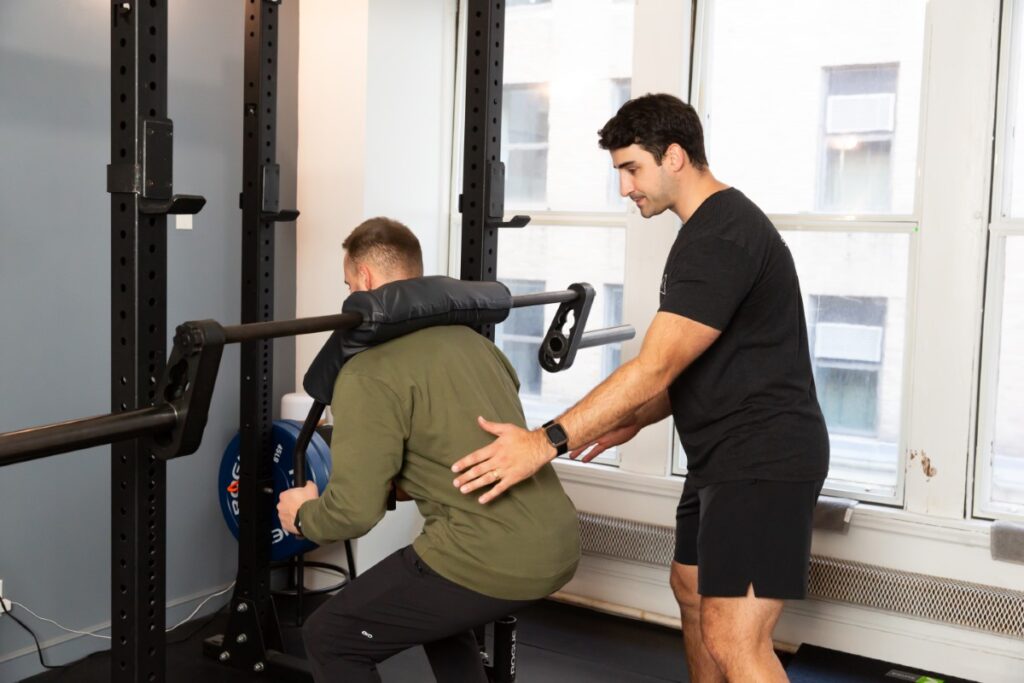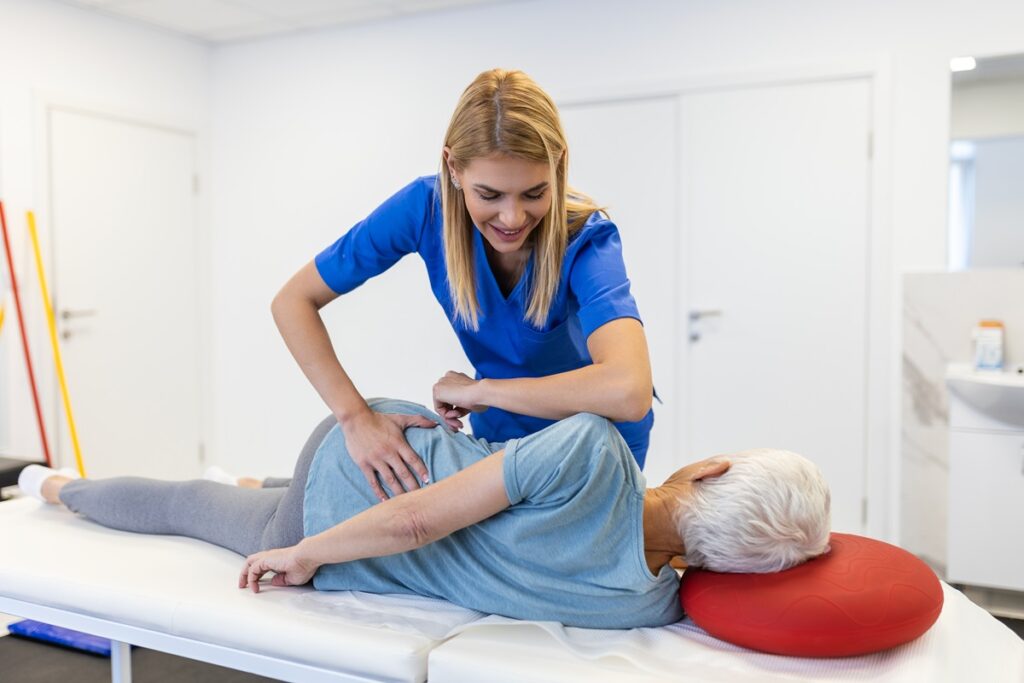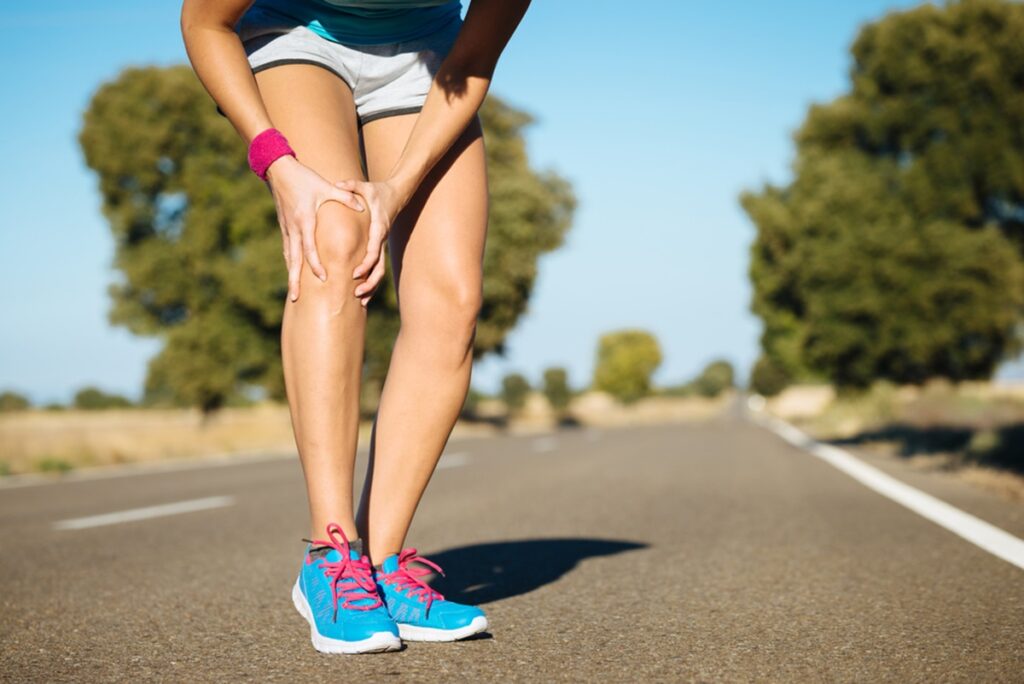Running is an excellent way to stay fit and reduce stress, but it can also lead to overuse injuries—especially in the hips. If you’re experiencing hip pain from running, it’s a signal your body needs help. With expert care, including physical therapy for hips, you can relieve discomfort, correct the underlying cause, and prevent future …
Relieve Hip Pain from Running with Expert Physical Therapy

Running is an excellent way to stay fit and reduce stress, but it can also lead to overuse injuries—especially in the hips. If you’re experiencing hip pain from running, it’s a signal your body needs help. With expert care, including physical therapy for hips, you can relieve discomfort, correct the underlying cause, and prevent future setbacks.
Understanding Hip Pain from Running
Hip pain in runners can stem from many factors, including poor form, muscular imbalances, and excessive mileage. Without proper treatment, mild discomfort can evolve into chronic pain, limiting your ability to train or even walk comfortably. Learning why hip pain occurs and how to catch it early is key to long-term performance and injury prevention.
Common Causes of Hip Pain in Runners
Many runners develop hip pain from running due to training errors, overuse, or muscle strain. These issues can lead to structural conditions like tendinopathy, labral tears, or bursitis.
In a recent study, 14.3% of individuals aged 60 and older experienced frequent hip pain over a six-week period. The data also revealed that women were more likely than men to report ongoing hip discomfort. These findings highlight the importance of early intervention and targeted treatment, especially in older populations who run or stay active.
- Tendonitis and gluteal tendinopathy from repetitive motion and weak external rotators
- Stress fractures caused by poor load management or insufficient recovery
- Bursitis, especially trochanteric bursitis or iliopsoas bursitis, leading to lateral or groin pain
- Hip labral tear or femoroacetabular impingement syndrome, causing deep joint pain or clicking
- Iliotibial band syndrome affecting the outer hip and thigh
These conditions often arise from tight hip flexors, a strength imbalance, or poor running technique. Without a tailored hip pain from running treatment, symptoms can escalate quickly.
How Running Affects the Hips
Each stride places force through your hip joints, muscles, and tendons. If your running gait, cadence, or stride distance is off, it places excess pressure on your hip flexors, abductors, and cartilage. Over time, this leads to inflammation, cartilage wear, and reduced synovial fluid, which affects joint lubrication and movement.
Running without supportive footwear or proper warm-up can aggravate these effects. Poor shock-absorbing shoes and lack of core-strengthening exercises are often culprits. These issues compound when good posture is neglected during both training and everyday activities.
Warning Signs to Watch For
It’s important to recognize early warning signs before the damage becomes severe. Key symptoms include:
- Clicking, catching, or locking sound in the hip
- Sharp pain that worsens with activity or when sitting
- Swelling, stiffness, or reduced range of motion
- Pain after long runs, especially on hills or treadmills
- Inability to bear weight or signs of infection in your hip joint (like fever or warmth)
If you notice these issues, seek a specialist consultation immediately. Many of these symptoms point to conditions that require professional hip pain from running treatment.

The Importance of Physical Therapy for Hip Pain
Ignoring hip pain from running can lead to prolonged downtime or surgical interventions. Physical therapy for hips offers a proven, non-invasive solution to treat the problem at its source. This approach targets pain, restores balance, and builds the resilience needed for long-term running success.
Non-Surgical Treatment for Hip Pain
Physical therapy focuses on healing without surgery or heavy medication. Modalities such as manual therapy, ice packs, ultrasound, and gentle exercises are used to reduce inflammation and ease discomfort.
Effective management of chronic hip pain depends on a thorough diagnosis and a comprehensive treatment plan. This typically includes a blend of non-drug therapies, targeted medications, and pain-relief interventions. Using this multi-layered strategy helps improve long-term outcomes and supports successful rehabilitation.
Therapists may also recommend anaesthesia injection, NSAIDs, or steroid injections as part of a conservative treatment plan if pain persists.
In many cases, a combination of anti-inflammatory diet, proper rest, and structured therapy eliminates the need for surgery. When you start early, hip pain from running treatment often involves only a few weeks of targeted care.
Restoring Mobility and Function
Restricted movement is one of the first signs that something is wrong in the hip joint. Physical therapy helps improve range of motion, correct movement patterns, and relieve tightness in the hip flexors, gluteal muscles, and hamstrings. You’ll learn Effective Exercises for Hip Alignment that reduce strain and promote better joint stability.
As mobility improves, your therapist will introduce low-impact exercises like yoga, aquatic training, or foam roller routines to enhance flexibility and strength without stress.
Preventing Future Injuries through Rehabilitation
Once pain subsides, it’s time to focus on long-term results. A progressive strength program addresses strength imbalances, using drills like crab walk, fire hydrant exercises, squats, and single-leg exercises. These movements improve control and reduce overloading during runs.
Preventive care also includes:
- Running gait analysis
- Treadmill running assessment
- Guidance from a personal trainer on proper warm-up and cooldown
- Advice on supportive shoes and stride distance management
This rehab approach turns hip pain from running into an opportunity for performance improvement.
Common Injuries Leading to Hip Pain from Running
Identifying the type of injury is essential for selecting the right treatment. Here are the most common conditions runners face.
Hip Flexor Strain
A hip flexor strain occurs when the muscles that lift the knee become overstretched or torn. Symptoms include sharp pain in the front of the hip, tightness, and weakness. Recovery varies depending on severity—learn more in our guide to Hip Flexor Strain Recovery Time. Physical therapy focuses on restoring mobility, reducing inflammation, and gradually reintroducing running with proper form.
IT Band Syndrome
Iliotibial band syndrome causes pain on the outside of the hip and knee. It’s usually caused by repetitive stress and weakness in the hip abductors and external rotators. Treatment involves foam roller use, strengthening drills, and stretching to reduce friction and improve hip stability.
Labral Tears and Osteoarthritis
A hip labral tear involves damage to the cartilage ring that stabilizes the hip socket. You may feel locking, instability, or pain deep in the groin. In older runners, osteoarthritis is a common cause of joint pain and stiffness. Both conditions benefit from hip pain from running treatment including manual therapy, load management, and progressive exercises.

Hip Pain from Running Treatment Options
Effective care includes a combination of manual techniques, exercise, and education. Each runner’s plan is personalized based on injury, goals, and lifestyle.
Physical Therapy Techniques for Pain Relief
Therapists may use:
- Soft tissue mobilization for muscle tension
- Joint mobilization to improve movement
- Dry needling for chronic pain
- Crutches to unload the joint temporarily
- Ice pack or heat therapy to manage swelling
These tools offer immediate and lasting relief, especially when combined with structured hip pain from running treatment.
Targeted Strengthening and Stretching Exercises
Improving flexibility and strength is crucial for healing and performance. A therapist will guide you through:
- Hip Stretches for Pain Relief, including hip flexor and hamstring stretches
- Deadlifts to build posterior chain strength
- Glute bridges, clamshells, and side planks
- Core-strengthening exercises to support proper posture
- Dynamic moves like plyometric exercises for advanced rehab
These movements are essential to reduce tendinopathy risk and support load management during training.
Manual Therapy for Hip Pain
Manual therapy involves hands-on treatment to improve blood flow, break down scar tissue, and reduce muscle spasms. Therapists may use techniques like:
- Myofascial release
- Active release therapy
- Joint manipulation
- Traction for reduced range of motion
This accelerates healing and prepares you for more active rehabilitation.
What to Expect in a Physical Therapy Session for Hip Pain
Understanding the structure of a session can ease anxiety and improve engagement. Every session is designed to fit your injury, goals, and running schedule.
Initial Evaluation and Diagnosis
The first step includes:
- Reviewing training habits and running technique
- Assessing posture, joint mobility, and gait
- Performing special tests to rule out infection of the hip joint, stress fractures, or referral from the low back
This detailed exam ensures your hip pain from running treatment is accurate and effective from day one.
Personalized Exercise Plan
Based on your evaluation, a customized plan will include strength, mobility, and neuromuscular control drills. You’ll be coached on form, cadence, and shock absorption to improve performance while avoiding reinjury. Each exercise program is monitored and adjusted weekly.
Hands-on Treatment for Fast Relief
In each session, therapists will perform manual therapy, targeted stretches, and techniques to relieve tension. This may include ice packs, gentle exercises, or mobilizations to improve alignment and function. You’ll leave each session with clear take-home guidance and progress updates.

How Sustain Physical Therapy & Performance Can Help You with Hip Pain
At Sustain PT & Performance, we specialize in treating runners. We offer 60-minute, one-on-one sessions with expert clinicians in Boston’s Back Bay. If you’re searching for the best physical therapy near you, our evidence-based care is built around your recovery and return to sport.
Experienced Physical Therapists Specializing in Hip Injuries
We’ve helped countless runners overcome hip pain from running by combining advanced evaluation tools with clinical expertise. Our team understands the specific demands of running and tailors care accordingly.
Customized Treatment Plans to Address Your Needs
No two runners are the same. Your treatment is customized around your weekly mileage, race calendar, pain level, and performance goals. This ensures the fastest path back to pain-free movement.
Convenient Appointment Scheduling for Busy Runners
We offer flexible appointments and easy online booking for runners with tight schedules. If you’re dealing with hip pain from running, don’t wait—get a customized plan from specialists who understand your sport.
Conclusion
Hip pain doesn’t have to end your running journey. With professional hip pain from running treatment, you can heal faster, move better, and avoid future injuries. At Sustain PT & Performance, we’re here to help you restore your stride, pain-free.
FAQs
What is the main cause of hip pain?
Hip pain from running is often caused by tendonitis, bursitis, labral tears, or muscle imbalances. Improper form or poor recovery can worsen these over time.
How do I tell if my hip pain is serious?
Persistent pain, locking, inability to bear weight, or signs of infection like fever may signal a serious issue. Seek a specialist if symptoms last more than a week or worsen with activity.
What is a red flag for hip pain?
Red flags include sharp pain, swelling, and clicking or catching sensations. These symptoms may point to a hip labral tear, stress fracture, or infection in your hip joint and require urgent evaluation.
Dr. Adam Babcock PT, DPT
“We Help Active Adults Quickly Recover From Pain Or Injury So They Can Stay Active, Get Back To What They Love To Do, and Do It For Decades”






